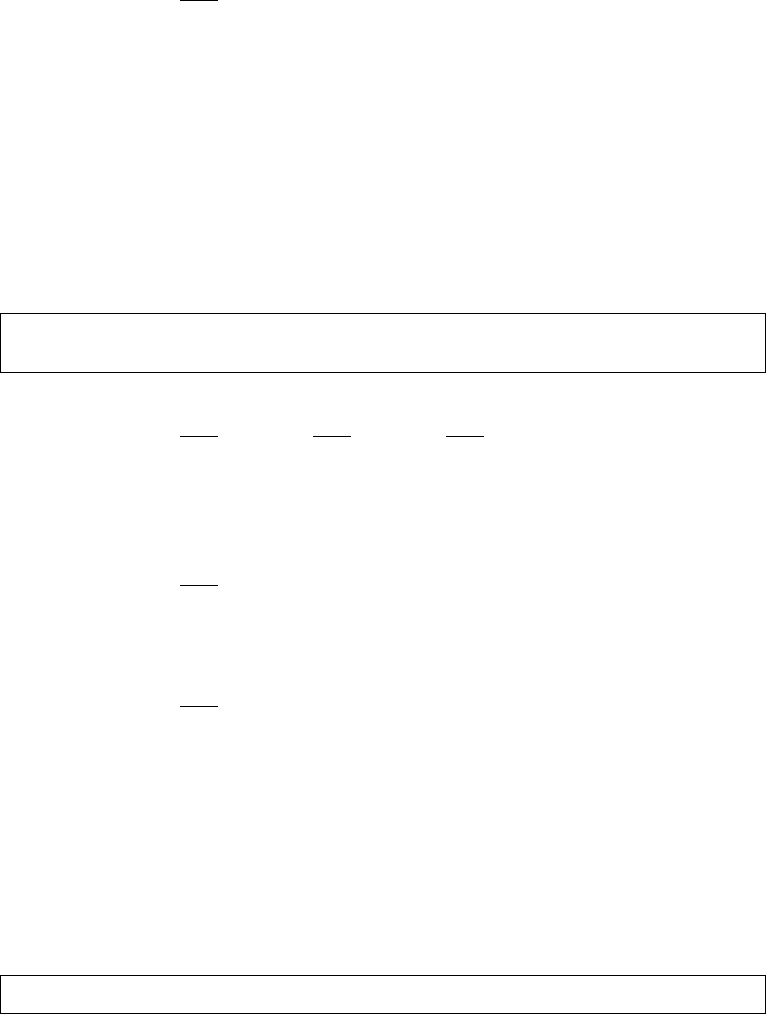
226
Advanced Techniques
《English form》
Contents of entry <変化△ Past/Past particle/Present particle/Present (after "He") >
⇒ Enter the English form.
⇒ If nothing is entered, the form is automatically judged by ATLAS.
《Sample》
⇒ 動詞-動詞 軌道離脱する de-orbit <文型 自>
⇒ 動詞-動詞 フル活用する take full advantage of <文型 他>
<助詞 を> <変化 took full advantage of/taken full advantage of/taking full advantage of/
takes full advantage of >
⇒ 動詞-動詞 投げ捨てる jettison <文型 他> <活用 一段><助詞 を>
●
Adjective-Verb
【Format】
《English verb pattern》
Contents of entry <文型△自>、 <文型△他>、 <文型△自他>
⇒ For the English verb pattern, refer to " ● Reference for English verb pattern" in "Basics", on
page 147.
⇒ If nothing is entered, the pattern is automatically judged by ATLAS.
《Objective particle》
Contents of entry <助詞△ Particle for object >
⇒ Required for an English transitive or intransitive/transitive verb.
⇒ For the available types of particles, refer to " ● Objective particle" in "Basics", on page 147.
《English form》
Contents of entry <変化△ Past/Past particle/Present particle/Present (after "He") >
⇒ Enter the English form.
⇒ If nothing is entered, the form is automatically judged and added by ATLAS.
《Sample》
⇒ 形容詞-動詞 好きだ like <文型 他> <助詞 が>
⇒ 形容詞-動詞 似合いだ suit <文型 他> <助詞 に>
⇒ 形容詞-動詞 口がう まい flatter <文型 自>
●
Adjective-Adjective
【Format】
《Sample》
⇒ 形容詞-形容詞 制御不能 uncontrollable
形容詞-動詞△ Japanese adjective △ English verb △< English verb pattern >△<
Objective particle >△< English form >
形容詞-形容詞△ Japanese adjective △ English adjective


















